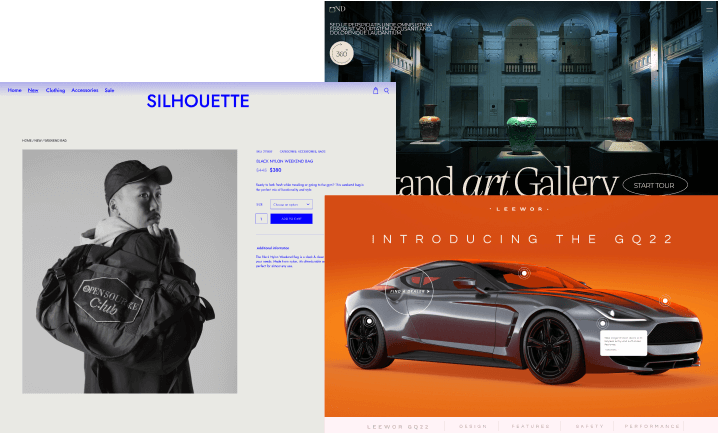Above-the-fold refers to the portion of a webpage that is visible without further scrolling or clicking. Designers place the highest priority items above the fold as this area gets the most user attention and readership. In contrast, portions available via clickthrough are described as “after the jump.”
Why Is Above-the-Fold Key?
The top of the page is a prime location on a site. New visitors to any website have little concentration. Therefore the impact of the content or images appearing above the fold is significant.
Designers know to prominently display high-priority information that will grab attention and make the visitor want to read on, scroll down, discover more details, leave details, and eventually lead to a conversion.
According to some studies, around 84% of web visitors never scroll down. Instead, they see above the fold and attention drop-offs below it. Therefore, most designers advise placing the essential information at the top.
They also encourage prioritizing design and usability. However, on the other hand, advertising companies often insist that ads be placed above the fold for this very reason. According to Google research, the viewability of ads drops off if they appear below the fold.
What is Considered ‘Above-the-Fold’?
There is no set definition for the number of pixels that define where the fold stops. The reason is that screen sizes and resolutions vary drastically, showing different portions of the website without scrolling. Some sites also adjust their layout based on the browser window size, so the fold is not a static feature on a page. As such, many companies have their definition of what is above the fold. For example, some large ad networks define the page’s top 1000 pixels as above the fold; others as the top 768 pixels.




